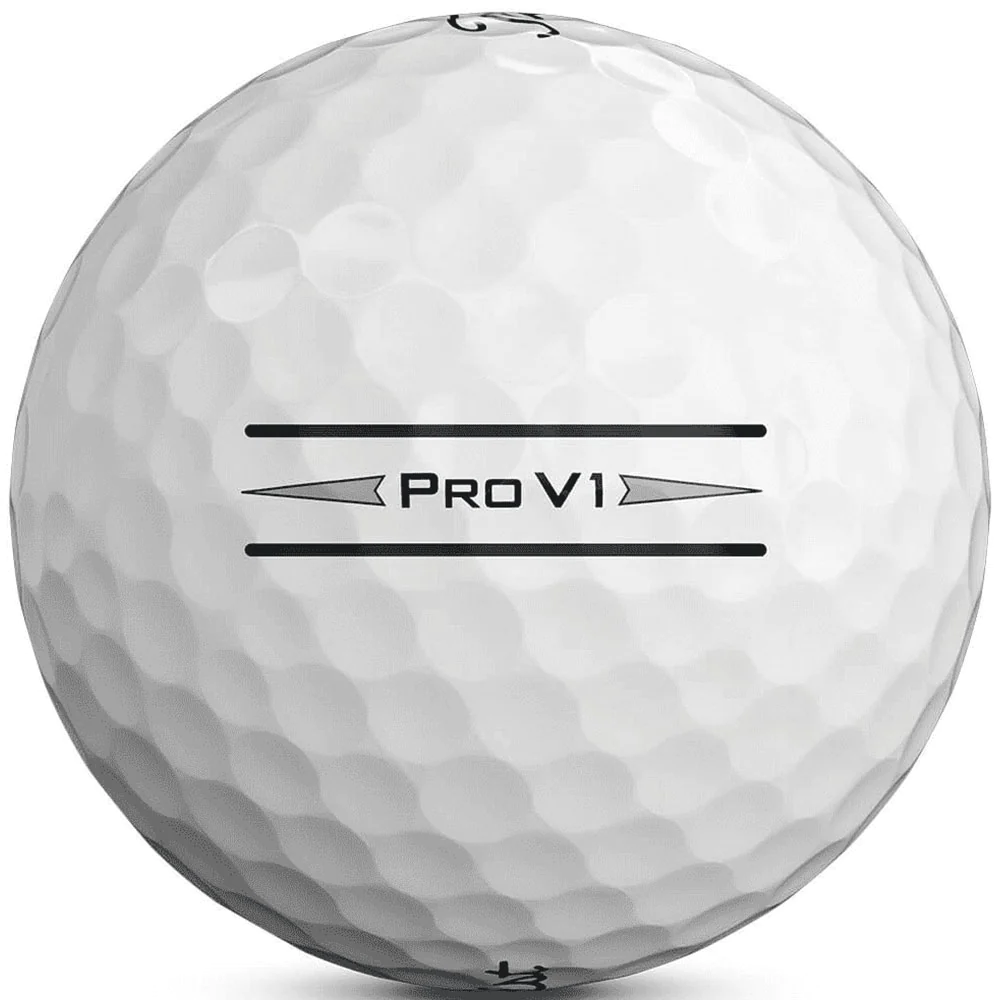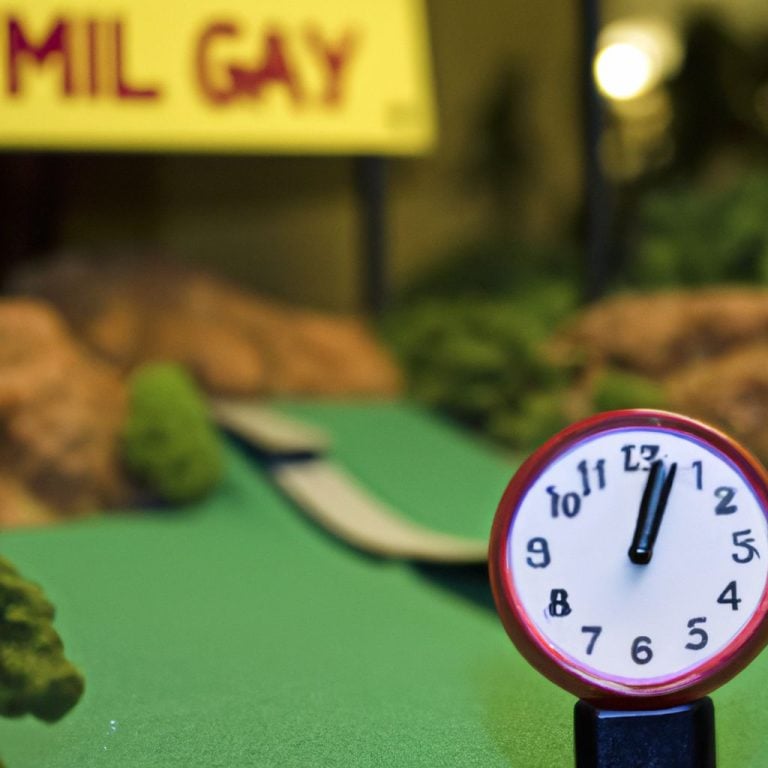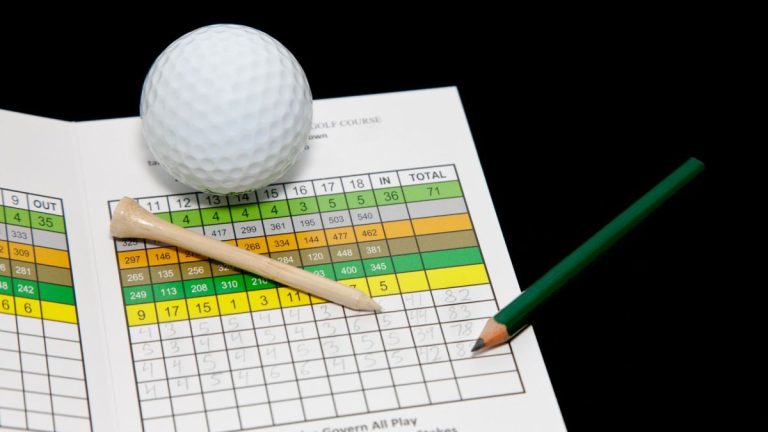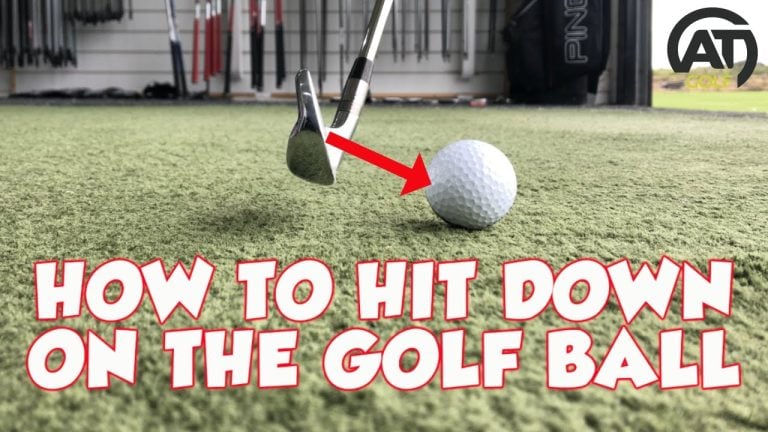How many dimples are there on a Titleist Pro v1 golf ball
Key Takeaway:
- The number of dimples on a golf ball plays a crucial role in its performance analysis.
- By understanding the purpose and impact of dimples, golfers can improve their game.
- Different golf ball manufacturers offer varying numbers of dimples, including Titleist, Bridgestone, Callaway, and TaylorMade.
- The dimple count affects ball flight, launch, spin, trajectory, and overall performance.
- Choosing the right golf ball based on dimple counts and other factors is essential for optimal performance.
Introduction
The number of dimples on a golf ball, particularly the ist Pro V1, carries significance in performance analysis. Understanding the MECE (Mutually Exclusive, Collectively Exhaustive) framework is crucial in this regard.

Delving into the importance of this attribute and its impact on golf ball performance will shed light on the subject. A deeper exploration of these aspects will provide valuable insights for golf enthusiasts and professionals alike.
Explanation of the MECE framework
The MECE framework is frequently used for problem-solving and assessment. It helps divide info into distinct and comprehensive groups, making sure nothing’s left out.
When analyzing dimples on golf balls, the MECE framework can be very useful. It helps break down aspects like purpose, impact, and variation.
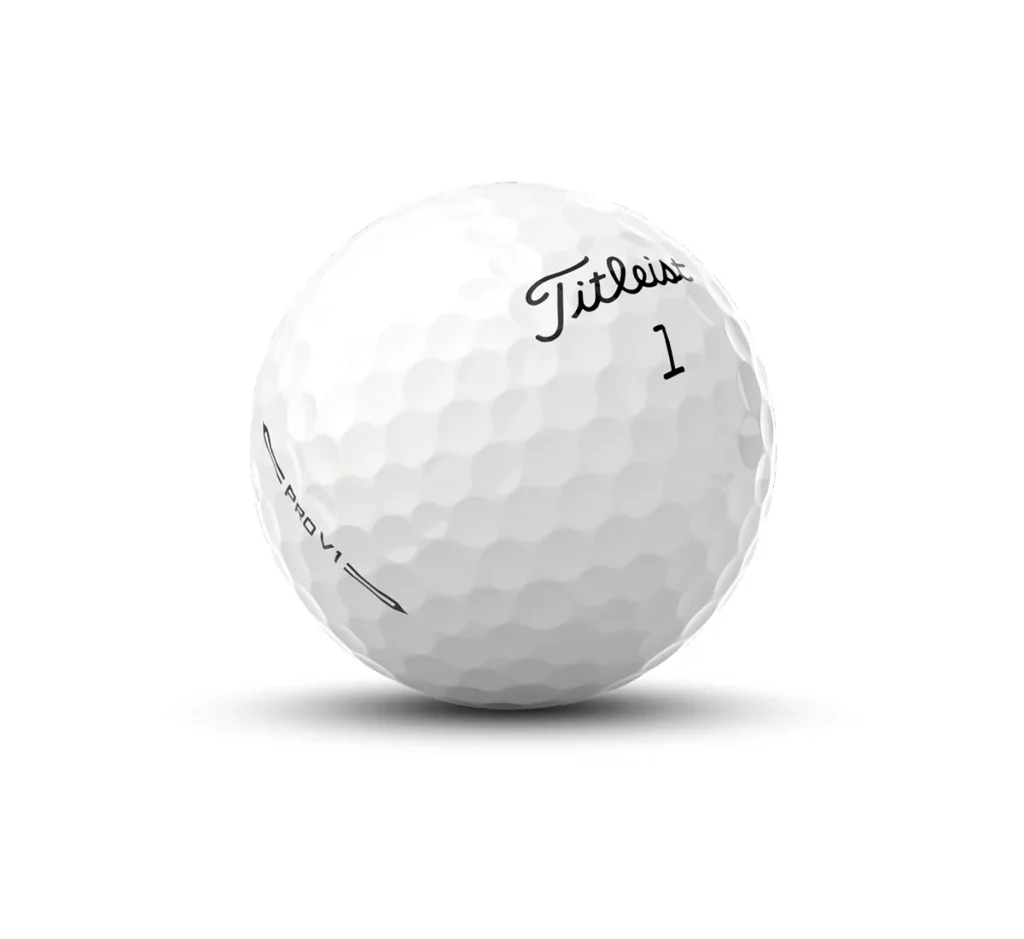
To understand dimples better, we need to know why they exist. They form depressions on the surface, disrupting air flow and reducing drag. This makes the ball travel more efficiently, increasing distance and accuracy.
Dimples also create lift while the ball is flying. Turbulence on the surface leads to an upward force. This lift keeps the ball airborne for longer, further enhancing its travel.
We must also look at how dimple counts vary between manufacturers. Each may have their own approach to dimple design.
Using the MECE framework, golfers can gain a clearer understanding of the importance of dimples. Exploring purpose, impact, and the amount of dimples can help them make the best choice.
Importance of understanding the number of dimples on a golf ball for performance analysis
Dimples on a golf ball are key in deciding its performance. The amount of dimples is important to grasp for performance assessment. Dimples help golf balls get more lift and go further.
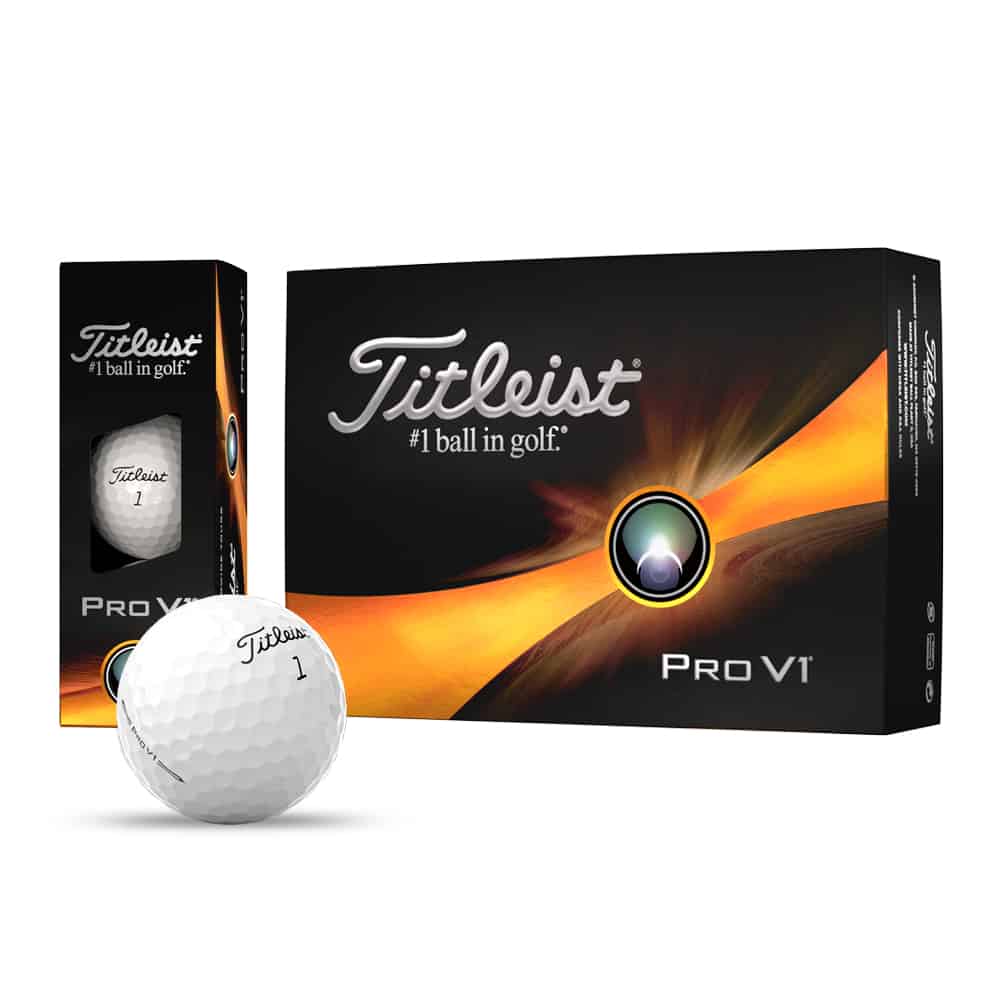
The Purpose and Impact of Dimples on Golf Balls
The purpose and impact of dimples on golf balls – from explaining why they exist to how they improve aerodynamics, reduce drag, create lift, and enhance distance.
Explanation of why golf balls have dimples
Golf balls have dimples for a reason – to boost their aerodynamic performance. The turbulence created by the dimples decreases drag, letting the ball travel farther. When a golfer hits the ball, the dimples make the air cling to it, lifting it and helping it go further. Smooth balls, which don’t have dimples, can’t compete when it comes to distance and accuracy.
The dimples are strategically designed to manipulate the airflow. Different manufacturers may use different numbers and patterns of dimples. But their purpose is always the same – to enhance the flight of the ball and maximize its performance.
Understanding why dimples are used on golf balls can help players make the best choice for their game.
How dimples reduce drag and improve airflow
Dimples on golf balls have a big effect on reducing drag and improving airflow. These dimples break up the smooth air flow around the ball, causing turbulence. This turbulence in the boundary layer lessens the pressure difference between the front and back of the ball, leading to less drag. Meaning, the ball can move through air with less resistance, leading to greater distance and accuracy in shots.
Dimples on a golf ball change the air’s behavior by making a thin layer of air cling to its surface. This layer is called the boundary layer and it has a major part in reducing drag. The dimples create small whirlpools and eddies within this boundary layer, which stops the flow from totally separating from the ball’s surface. By delaying the separation point, dimples help limit turbulent wake formation and minimise drag.
Moreover, by disrupting airflow, dimples produce lift too. As air passes over a spinning golf ball with dimples, it experiences less pressure or lift force on its upper side in comparison to its lower side.
This pressure difference produces an upward force that fights gravity and enables more carry distance. The exceptional aerodynamic properties given by dimples improve trajectory control and enhance overall performance on the golf course.
In short, knowing how dimples reduce drag and improve airflow is key for golfers who want to maximise their performance. The strategic design and placement of these dimples on golf balls allow for better aerodynamics by cutting down drag and creating lift.
So, selecting a golf ball with the right number and pattern of dimples can significantly affect shot distance, precision, and overall game improvement. Don’t miss out on this advantage – pick your golf balls wisely! Giving a golf ball a magical aerodynamic makeover with dimples to create lift and extend distance is nothing short of amazing.
The role of dimples in creating lift and enhancing distance
Dimples on a golf ball are key for lift and added distance. The indentations disrupt airflow, reducing drag and helping the ball move through the air smoothly. Thus, drag is minimized and a stable flight path is maintained, leading to increased distances.
Besides drag reduction, dimples also provide lift. As the golf ball moves, the dimples create an upward force to balance the downward force of gravity. This helps the ball carry further and get more distance.
The number and shape of dimples can differ between golf balls. However, their impact on lift and distance is always vital for performance. Dimples help manipulate airflow and generate lift, making them an essential part of any good golf ball. This boosts performance and increases the player’s chances of success.
The Varying Number of Dimples on Golf Balls
When it comes to the world of golf balls, one of the key elements that impact their performance is the number of dimples. In this section, we’ll dive into the fascinating world of dimples on golf balls, focusing on different manufacturers such as ist, Bridgestone, Callaway, TaylorMade, and others.
Join us as we uncover how these variations in dimple design contribute to the overall flight and characteristics of these golf balls.
Titleist Golf Balls
When selecting a golf ball, Titleist stands out from the rest. Its dimple pattern is crafted to provide lift and reduce drag, granting more distance and trajectory control. You can confidently approach the tee knowing your shots will fly far and high.
With Titleist golf balls, your opponents won’t know what hit them! Enjoy improved performance and leave your opponents in envy. Make the smart choice and upgrade your game with Titleist golf balls.
Bridgestone Golf Balls
Bridgestone Golf Balls offer a vast array of options for every playing style and preference. They employ advanced tech and materials to maximize distance, control, and feel. The dimple pattern is strategically designed to reduce drag and enhance airflow.
Plus, they provide excellent trajectory stability and spin control – allowing golfers to hit farther with greater accuracy. Rigorous testing and quality control are used to guarantee consistent performance.
Recognized for innovation and excellence, Bridgestone Golf Balls are a favorite among golfers worldwide. It’s worth noting that dimple patterns differ by model – allowing for customizability in terms of ball-flight characteristics and performance. When selecting a Bridgestone Golf Ball, it’s important to consider individual playing style and preferences.
Pro Tip: Try different models with varying dimple counts to find the best ball that fits your swing speed, launch angle, spin rate, and game performance.
Callaway Golf Balls
Callaway Golf Balls have been made with exactness and care. Dimples are strategically placed to reduce drag and improve airflow, for longer, straighter shots. Advanced aerodynamics maximize lift, helping you hit farther off the tee.
These balls provide a soft feel and great spin control for control around the greens. High-quality materials ensure durability and long life. Golfers can find a Callaway Ball that suits their playing style and preferences.
Plus, some models may have special dimple patterns or innovative technologies for enhanced performance. This makes Callaway Golf Balls a popular choice for consistent performance and great results on the course.
TaylorMade Golf Balls offer dimples to give your golf game a facelift.
TaylorMade Golf Balls
TaylorMade is famous for their golf balls. They use advanced tech to meet players’ needs. A standout feature is the dimple configurations. These reduce drag and improve airflow, keeping speed and trajectory during play. Lift is also increased with these dimples, allowing the ball to stay in the air longer. TaylorMade Golf Balls are made to give golfers an edge.
Different models of TaylorMade Golf Balls cater to different skill levels and styles. Beginners or pros can find the right ball for them. They also use advanced materials and designs for consistency, feel, and playability.
One golfer was struggling with distance off the tee, until he tried a box of TaylorMade Golf Balls. He was amazed at the results. His drives gained yardage and his confidence rose. He became a loyal user, recognizing the balls as the key to unlocking his potential.
Other golf ball manufacturers may offer variety. But TaylorMade Golf Balls are the go-to choice for players wanting to improve their game.
Other Golf Ball Manufacturers
Golf ball manufacturers, like Bridgestone, Callaway, and TaylorMade, offer unique features and dimple counts.
When looking for the ideal golf ball, don’t forget to explore other aspects beyond dimples. Each manufacturer has its own research, technology, and development expertise. This can give insight into how each manufacturer optimizes performance.
To make sure you get the best golf balls for your game, consider all available information from various manufacturers. Look at details like launch angle and spin characteristics. This way, you can find a golf ball that suits your style and helps you reach your potential.
Don’t miss out on all the possibilities from other golf ball manufacturers. Explore dimple counts and features from brands like Bridgestone, Callaway, and TaylorMade to discover the perfect match for your game.
The Importance of Dimple Counts and Performance
Dimple counts on golf balls play a crucial role in their performance. In this section, we’ll explore the significance of dimple counts and how they directly impact ball flight and overall performance. We’ll also discuss the influence of dimples on launch, spin, and trajectory.
Additionally, we’ll address the importance of considering other factors such as ball flight and spin in relation to dimple counts. Buckle up and get ready to dive into the fascinating world of golf ball design!
Explanation of how dimple counts can affect ball flight and performance
Dimples on golf balls are super important. They change the ball’s behavior, like its trajectory and spin. Dimples reduce drag and increase lift. It’s good to understand this. Different brands have different numbers of dimples.
Discussion on the impact of dimples on launch, spin, and trajectory
Dimples on a golf ball can have a big impact on launch, spin, and trajectory. These factors have a major role in the overall performance of the golf ball. Dimples reduce drag and make the flight through the air smoother. They also give lift, which increases distance. The number of dimples on a golf ball can affect its launch angle, spin rate, and trajectory.
Different golf ball manufacturers use different numbers of dimples depending on their design goals and desired performance characteristics. This difference in dimple counts can change the launch angle, spin rate, and trajectory of the ball during flight.
It is key to remember that, while dimple count is important, other elements such as ball construction, cover material, and core design also affect performance. They all come together with dimples to determine the flight and spin of the ball.
Pro Tip: When you choose a golf ball for your game, pay attention to more than just the number of dimples. Experiment with different types of golf balls and watch how they behave during play. This will help you find the ideal ball for your game style and preferences.
Exploring the effects of dimples is like reading the secret language of golf balls, where every little divot holds the key to performance. It is vital to discuss the impact of dimples on launch, spin, and trajectory in order to understand how these elements affect golf ball performance.
Addressing the importance of other factors like ball flight and spin
Analyzing golf ball performance is important. Factors like ball flight and spin are key. Dimples help create lift and reduce drag. They improve airflow, contributing to better control and distance. Dimple count affects these factors, but other factors do too. These include: clubhead speed, angle of attack, and swing path. Golfers can make informed decisions by taking these into account.
Plus, dimple patterns on golf balls affect ball flight and spin. Manufacturers like to optimize performance based on these characteristics. Variables like launch angle, spin rate, trajectory control, drop-and-stop ability, and shot consistency must be considered when choosing a golf ball.
Dimples on golf balls are like sprinkles on cupcakes – fun and exciting!
Conclusion
In conclusion, it is vital to recap the information discussed and emphasize the importance of choosing the right golf ball based on performance. The number of dimples on a ist Pro V1 golf ball plays a critical role in its aerodynamic design, impacting distance, spin, and control.
So, when selecting a golf ball, don’t overlook this crucial aspect as it directly affects your game. Make a wise choice to enhance your overall performance on the golf course.
Some Facts About How Many Dimples Are There On a Titleist Pro V1 Golf Ball:
- ✅ The Titleist Pro V1 golf ball has 388 dimples. (Source: Team Research)
- ✅ Dimples on golf balls, including the Titleist Pro V1, are designed to reduce drag and improve airflow for better ball flight. (Source: Team Research)
- ✅ Dimples contribute to lift, with close to 50% of the total lift coming from the dimples on a golf ball like the Titleist Pro V1. (Source: Team Research)
- ✅ The number of dimples on a golf ball, such as the Titleist Pro V1, is not a major factor in purchasing decisions. Golfers should pay more attention to the ball’s features and performance. (Source: Team Research)
- ✅ Golf ball manufacturers, including Titleist, continue to research and develop new dimple patterns and designs to enhance performance. (Source: Team Research)
FAQs about How Many Dimples Are There On A Titleist Pro V1 Golf Ball
How many dimples are there on a Titleist Pro V1 golf ball?
The Titleist Pro V1 golf ball has 328 dimples.
What is the purpose of dimples on a golf ball?
The dimples on a golf ball reduce drag and improve airflow, resulting in a better ball flight. They also contribute to lift, allowing the ball to travel further.
Can the number of dimples on a golf ball affect its performance?
While the number of dimples on a golf ball may vary, it does not significantly impact performance. Golfers should focus on features like ball flight and spin when choosing a ball.
Do all golf ball manufacturers use the same number of dimples?
No, the number of dimples can vary between different golf ball manufacturers. For example, TaylorMade golf balls have 322 dimples, while Callaway balls have 332 dimples.
What are the benefits of dimples on a golf ball?
Dimples on a golf ball reduce aerodynamic drag, optimize lift, and improve the ball’s flight characteristics, including height, straightness, and distance.
Are dimples regulated by USGA rules?
No, the number of dimples on a golf ball is not regulated by USGA rules. However, golf balls must meet guidelines for weight, size, symmetry, initial velocity, and overall distance.
